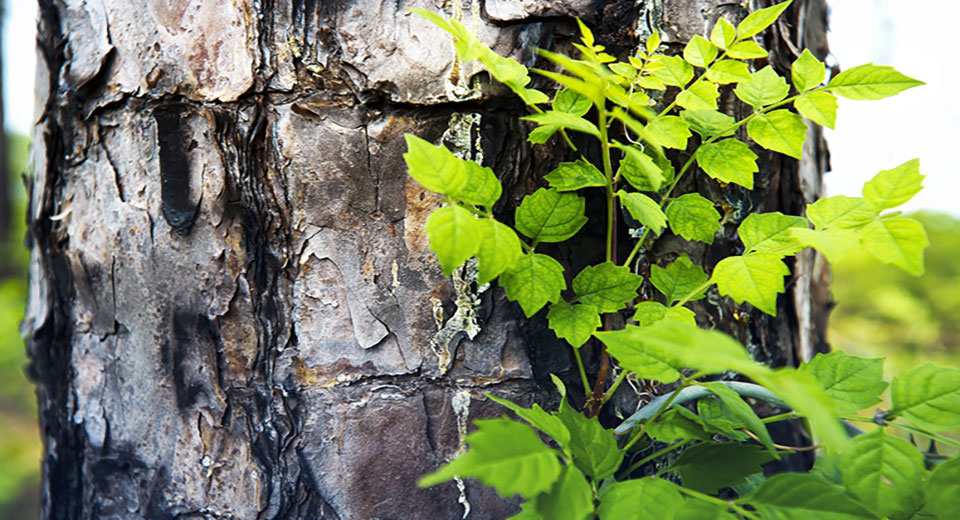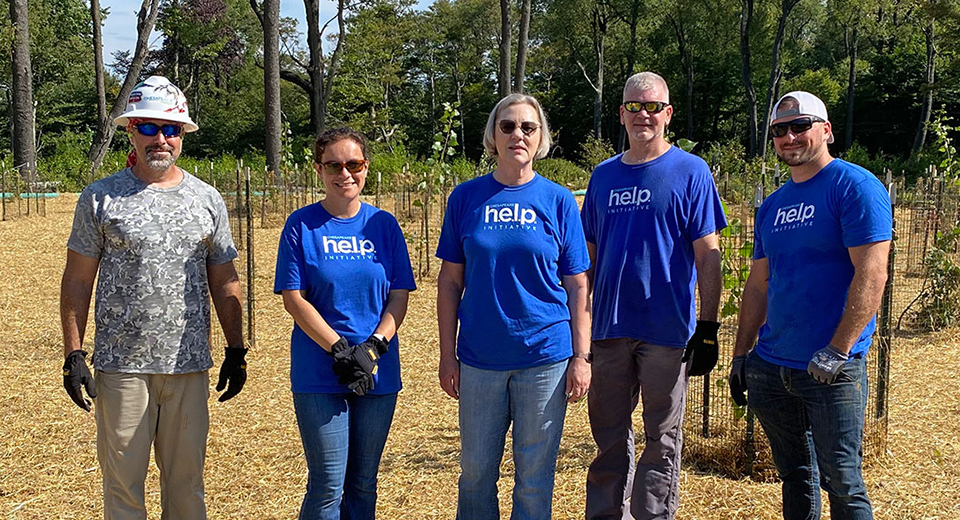Protection throughout the Operational Lifecycle
Recognizing the critical role biodiversity plays in healthy habitats and ecosystems, we work to minimize our surface and ecosystem impacts. We account for stewardship and biodiversity protection at every stage of our operations, from site assessment to well closure. We refrain from operating in protected areas whenever feasible and work to identify risks and mitigation plans to limit impact to ecosystems and habitats. Read more in our Biodiversity Stewardship Position, available here.
Our Approach to Biodiversity and Land Stewardship Protection
Avoid
Before starting construction, we conduct a comprehensive site assessment of the proposed location, from its geography and topography to the potential existence of sensitive wildlife habitat, cultural resources, residences and other public-occupied sites.
We prioritize the selection of the least sensitive project location and design the project to avoid impacts to receptors, when possible.
Minimize
We work closely with regulatory agencies and other stakeholder groups to coordinate site planning, obtain necessary permits and protect any areas or species of concern.
Our focus is to mitigate and minimize our environmental impact by reducing our project or pad site footprint, re-routing access roads or adjusting the timing of construction activities.
Mitigate
We will replace, enhance, restore or provide substitute resources for impacts that remain after avoidance and minimization measures have been applied.
Site Assessment
Our site assessment process includes both a desktop and field review to identify the presence or absence of sensitive receptors. We strive to go above and beyond compliance requirements. This means flagging any limits of disturbance (LOD) within the proposed physical LOD of our operations, plus a minimum of 100 feet beyond the LOD.
Site Assessment Procedures
1
Desktop Review
- Determine asset location and set LOD
- Assess current and historical aerial photography, USGS topographic maps and National Wetland Inventory maps to flag potential issues
- Identify any federal and state-listed threatened, endangered or sensitive species, and specific migratory birds and habitats
- Determine 100-year floodplain boundaries and any cultural or historical properties in the area
- Forward findings for a field review
2
Field Review
- Pinpoint potential environmental or cultural habitats via a field visit
- Locate sensitive receptors within the asset area
- Share results with corporate team
3
Calibration
- Collaborate with team on findings and determine if the construction site could impact the ecosystem or culturally-sensitive surroundings
- Obtain environmental permits, if required before beginning construction
- Redesign, move or adjust construction timing to ensure the surrounding environment will be protected
- Track assessment results in a comprehensive database
If an environmentally sensitive receptor or cultural resource is identified within the proposed LOD, we avoid or minimize impacts by relocating site activity or developing a plan to protect the resource. If the project cannot be relocated, we employ qualified third-party consulting firms to conduct further studies and field delineations. This information will be used to develop site-specific construction plans outside of jurisdictional areas, sensitive habitats and drainage areas, where possible. All features identified close to the project area will be fenced or flagged to help ensure they aren’t inadvertently impacted during construction activities.
In some cases, our field teams may encounter a sensitive item or biodiversity concern during operations that was not identified during our assessment. Called a “chance find,” we’re committed to protecting these sensitive receptors by stopping work until our team can evaluate and recommend a path forward. This approach — formalized in our Site Assessment Procedure — is described during our job safety analysis (JSA), employee and contractor huddle meetings prior to starting site activity.
Species and Habitat Conservation
Chesapeake works with government agencies, university partners and third-party biologists to support species and habitat protection in our operating areas. We don’t operate within national parks or federally designated wetlands, unless permitted, and are committed to the conservation of wildlife and species protection.
Chesapeake has reviewed 100% of newly constructed sites (since 2015) for sensitive habitat impacts.
Decommissioning and Site Restoration
After completing site operations, we work to restore the site to its approximate original topographic condition, planting native seed mixes and vegetation to further promote the biodiversity of the area. In addition to meeting all regulatory plugging requirements, we partner with site owners to accommodate their preferences for their land. We continue site monitoring until we’ve secured both landowner and regulatory approval of our restoration efforts within regulatory guidelines.
Each state regulates this process differently and Chesapeake follows applicable rules when managing inactive wells. Regulations typically require a series of cement plugs placed inside the wellbore, across any hydrocarbon-bearing formations and freshwater aquifers. Testing is also often required to confirm there is no escape of hydrocarbon-containing materials.
For example, in our Marcellus operations, regulatory agencies review and approve plugging procedures, conduct routine inspections of our operations during the process, have technical requirements that we follow, and inspect the well prior to the final capping activity to help ensure no gas is present.
At a facility’s end-of-life, we work to reuse or recycle as much of the equipment as possible. Any equipment that is eligible for reuse is inspected thoroughly before being placed back in our inventory. All surface equipment is NORM-tested prior to removal and disposal. Any equipment not eligible for reuse is sold for scrap materials or disposed of according to regulatory requirements. We calculate and track costs associated with plugging and abandoning a well, restoration activities and permit closures.

Marcellus Team Partners to Restore Construction Site
In 2023, Chesapeake’s Marcellus team partnered with the Pennsylvania Game Commission staff to reclaim a local site previously used as a stone borrow pit to construct roadways and well pads. During the three-day event, the group (including 32 Chesapeake employees) planted 300 shrubs and 180 trees, installed tree protection fencing and distributed over two acres of seeding and mulch. Sharing a commitment to environmental stewardship and wildlife conservation, the group used only native plants and seeds in their efforts.


